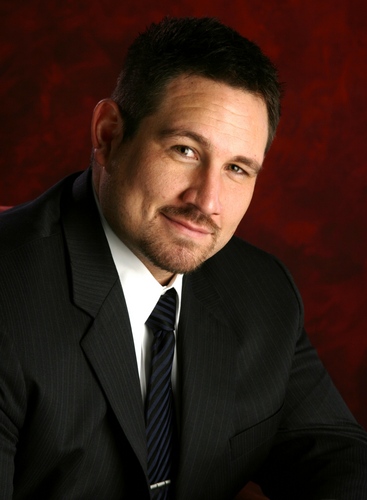We all inherently know that the way to become wealthy is to save our money and invest, but it is more easily said than done. As we get older and make more money, we have a tendency to spend that extra cash on “stuff” that we probably don’t need but provides us societal status, or personal gratification. There is nothing inherently wrong with increasing social status, or indulging in personal wants as long as it doesn’t hurt long-term life goals.
When lifestyle creep happens, we are usually aware of it and vow to fix it next week, next month, or next year. The problem is that lifestyle creep is extremely difficult to fix once it has become habitual. Like eating, working out, or going to Starbucks for our morning coffee, when we have fallen into a harmful pattern it becomes near impossible to change.
Once people get into retirement, there is a tendency to think that expenses will naturally drop, but we have found this to be rarely true. People typically continue the lifestyle they have become accustomed to into retirement and, in many cases, the expenses can actually increase as travel and leisure become more a part of daily life. Having higher expenses in retirement can be just fine as long as it has been planned for and the plan has been implemented. However, more often than not, people just put their head in the sand and think the problem will solve itself. It won’t!
If you want to drastically increase your chances of a comfortable and happy retirement you need to plan ahead, and keep an eye on lifestyle creep. If you have expenses now of $7,000 a month then plan to continue that into retirement and build the net worth needed to support these kinds of cash flows.
Here is a simple exercise that may help put it into perspective. Take you current monthly expenses and turn them into an annual number, add on inflation to figure out what that number may look like when it’s time to retire, subtract any other income you may have and then divide the remaining number by .04, or 4% (4% is an estimate of what a portfolio can support perpetually).
For example, let’s say you want to retire in 15 years and you have expenses of $7,000 per month. Take $7,000 and multiply it by 12 to make it an annual expense amount, this will give you $84,000 per year. Then adjust that $84,000 for inflation using the historical 3% rate per year. Take 3% and add 1 to it to give you 1.03 and raise it to the 15th power this will give you the total amount of inflation expected over the 15-year time frame, in this case 1.558 or 55.8%. Then multiple 84,000 by 1.558 and voila, your estimated expenses at retirement are $130,869.30. Now subtract any other income like social security or pension from that number. Let’s assume $50,000 in social security for a married couple to give you an annual income shortfall of $80,869.30. This is the number that will need to be covered by your investment portfolio. As a general rule of thumb, a portfolio can support between 3% and 5% annual distributions and last a lifetime, let’s use 4% as our guide. Thus, we take the income shortfall and divide it by 4%, or .04, to see how big our investment portfolio needs to be in order to support our cash flow needs. In this example we need a stock and bond portfolio of approximately $2,021,732 to support our current lifestyle. See the formula below for easy plug and play.!
M=Monthly Expenses
I=Expected inflation
Y=Years until retirement
O=Other retirement income
S=Sustainable distribution percentage
P=Portfolio size needed
P = (((M x 12) x (1+I)^Y) – O)/S
Using this example:
P = (((7,000 x 12) x (1+.03)^15) – 50,000) / .04 = $2,021,732
This formula will only provide you an estimated target retirement portfolio, as there are many factors that can change, inflation being a major one. If you are not on track to hit your target portfolio size by retirement there are two steps to take. First, scale back expenses and save more money. Second, analyze your investment portfolio to ensure it is optimal to meet your long-term goals.
Social pressures and self-actualization needs are very strong in all of us, they are built into our behavior as humans but we cannot let them keep us from meeting our life goals and having a financially secure future. If we succumb to the pressure of the Jones’s we may very well experience elderly poverty.
Have questions about your budget or how much you may need for a comfortable retirement? Reach out, we can help.



